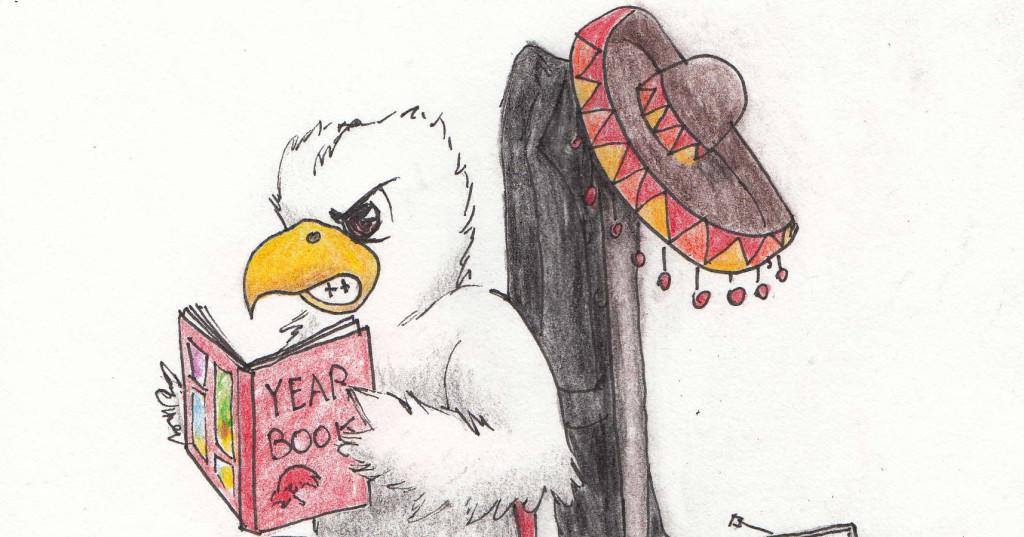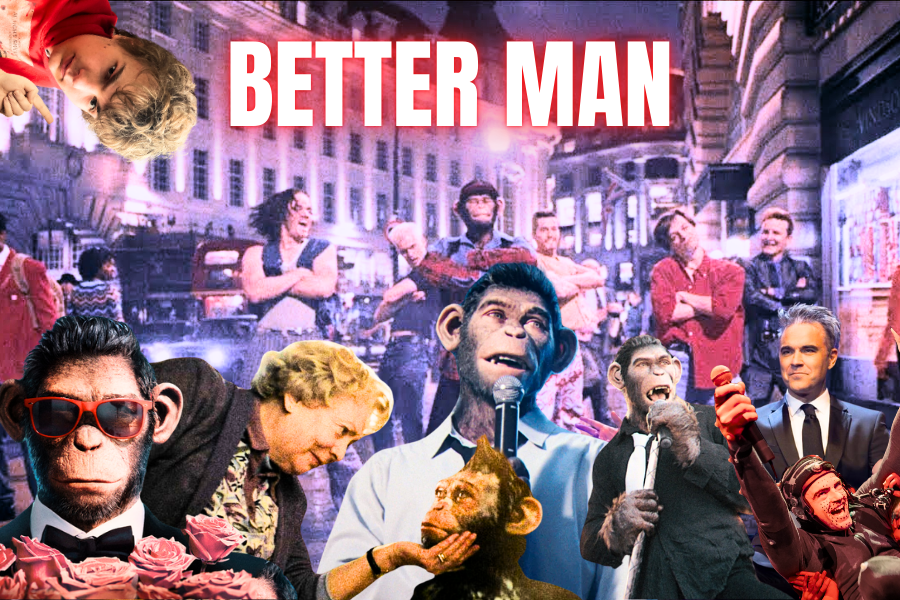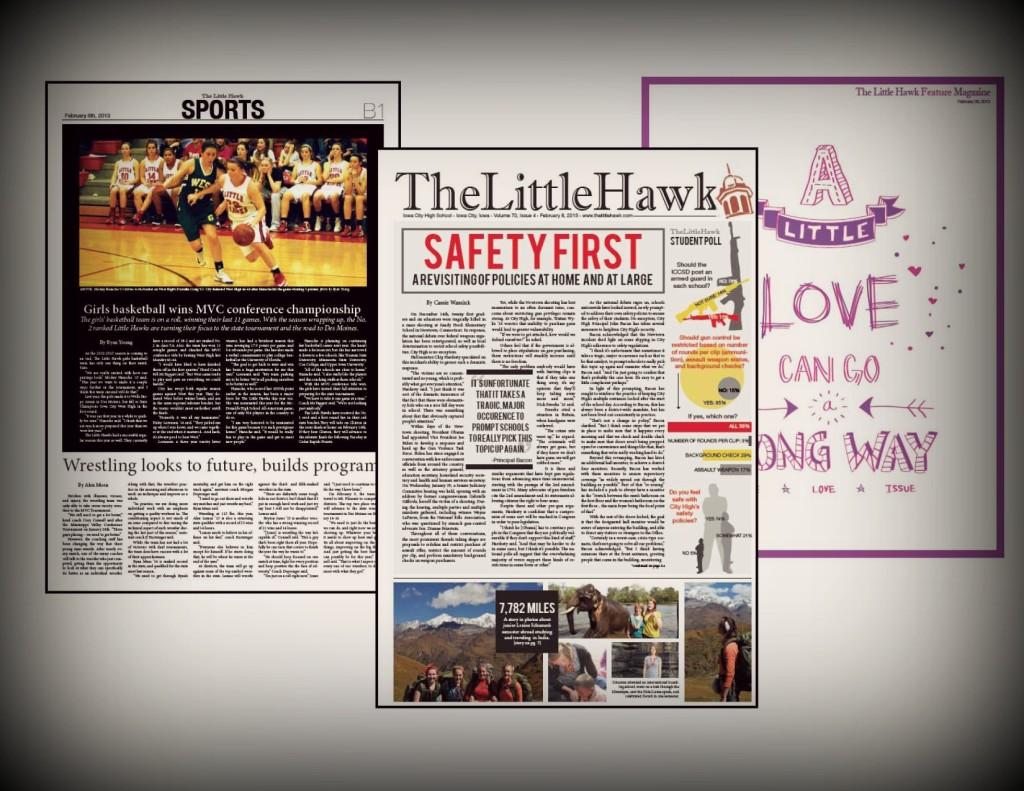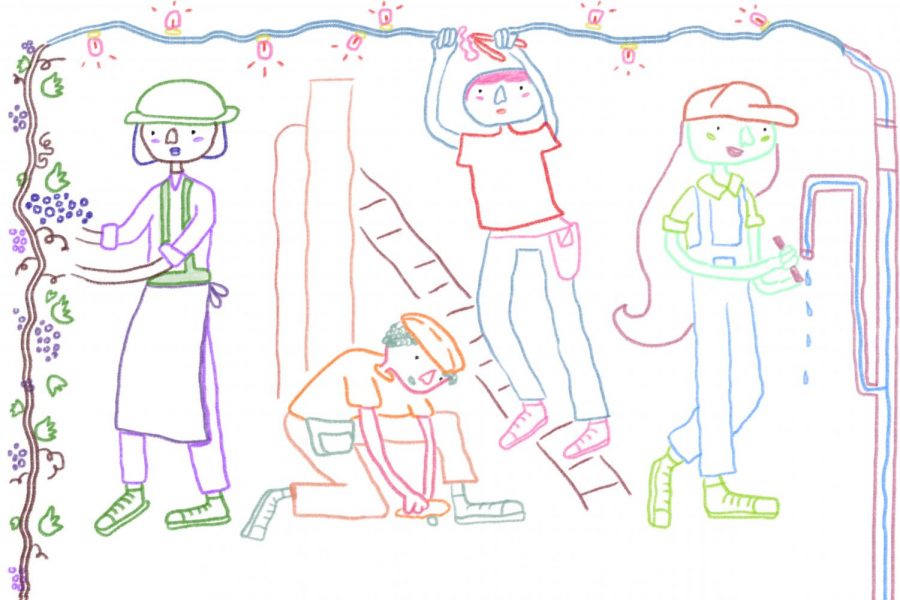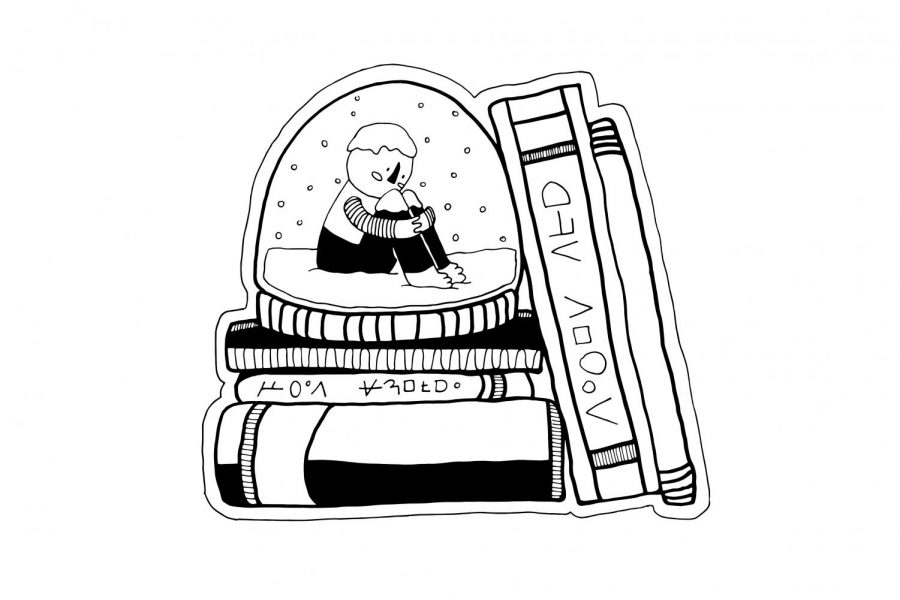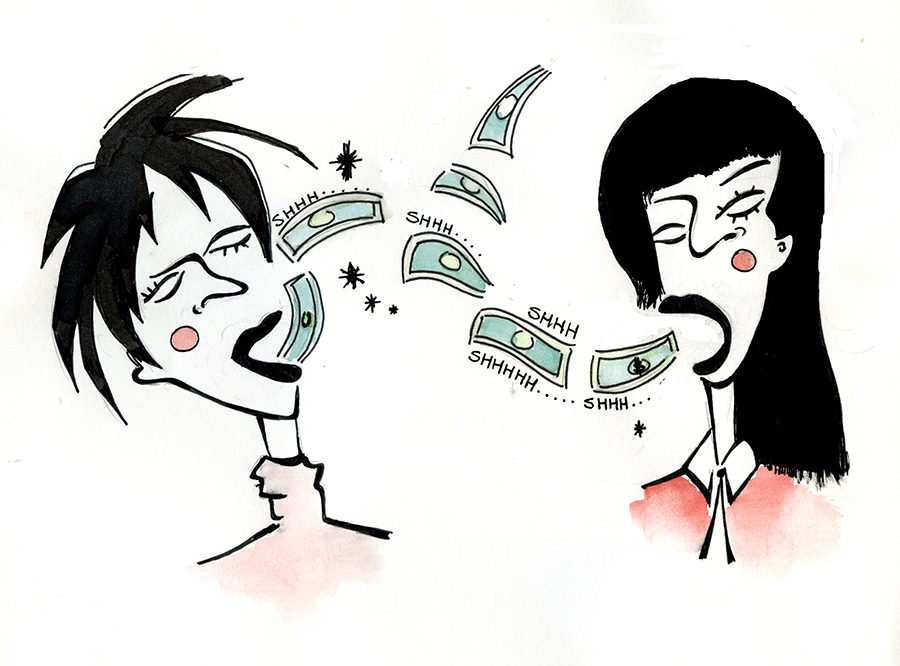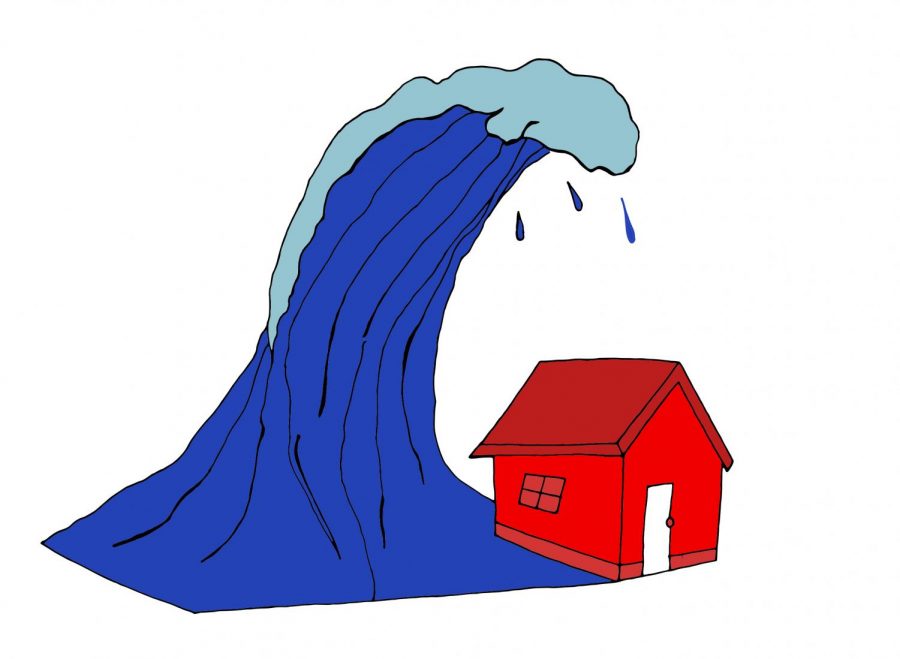Race: it’s one of those things that nobody seems to want to talk about. For the average American (and for that matter, the average City High student), talking about race is about as enjoyable as having the fingernails on one’s left hand pried off with a rusty nail, or being forced to listen to an hour-long rendition of Carly Rae Jepsen’s “Call me Maybe.” From a certain perspective, this is understandable. After all, racial tensions have been the cause behind a great deal of suffering, guilt, and oppression in the nation’s past. And so, race is never discussed. It is instead “put on the back shelf,” as it were, to gather dust next to “conversations with our parents about sex” and “in depth discussions about nasal fungii.” However, every once in awhile there comes an opportunity to have a genuine conversation about race without it being uncomfortable. One such opportunity has recently arisen in the form of this year’s school play, “Mayberry,” which deals with issues of race in Iowa City. It brings to our attention a rather glaring truth, which is that, while City High may have a ton of diversity, we still have a ways to go if we want to become a true “melting pot.” Thus, The Little Hawk staff desires to take this opportunity to offer our input, to help make the City High populace more vibrant and dynamic than ever before.
Issues of race are, of course, not new to City High. In many ways, the attempts to integrate entirely new groups of people into our community have defined the past decade at City High. And in many ways, that integration has been successful. Violence between students at City High is almost non-existent, and the school’s cultural environment is one of the most diverse and tolerant in the nation. However, we still have a ways to go. For example, many students will self-segregate into groups that are pre-determined by culture and ethnicity, and friendships between students of different cultures are the exception, rather than the rule. Then there is the matter of classroom representation. Students of color are overwhelmingly underrepresented in AP and honors courses, and students of color across the nation consistently score lower on standardized testing. In many ways, a lot of these things are outside of the control of the City High population. In junior high and even late elementary school, students are often pigeonholed into a given “role,” and they stick with that role as they age. Oftentimes, a poor experience can cause students to enter high school already unwilling to try, but there are ways that the City High staff can reverse this trend.
We need to make it clear that a bad academic performance in junior high doesn’t necessarily lead to a bad academic performance in high school. To help send this message across, we should have a stronger dialogue between teachers and guidance counselors could allow our counselors to recommend advanced classes to students based on their ability, not just their test scores. We could also make a more concerted push to make advanced classes the “norm” instead of being reserved for a select demographic of students. This would have the added benefit of combatting “self-segregation,” as it would give students from diverse backgrounds the opportunity to interact more as part of class.
In addition to academic diversity, we believe that City High can do more to encourage a broader degree of cultural diversity. Dedicated “culture sharing” nights are regularly held at West High, in which students are able to share food and music from their native societies. These could very easily be replicated here at City High. However, given that we are the school that leads, we think that City High should take things a step further. In addition to culture nights, we could host “music sharing” festivals, or even organize non-American sporting events (such as rugby or cricket) for students to compete in. In the end, the means to encourage diversity are largely unimportant, so long as students are getting connected. All that the administration has to do is organize to reach out to students, and to provide a venue where a genuine, bottom up approach to culture-sharing can occur.
City High already stands as an exemplary model for schools across the nation in both its progressive approach to teaching its diverse populace, and the opportunities that it offers to its students. Even so, by taking a more concerted approach to promoting student integration, we can move beyond being just a “safe environment” to being a truly robust environment in which students of all colors and creeds are able to flourish. In doing so, we remain true to the ideals conveyed by “Mayberry,” and our own values as “the school that leads.”
























